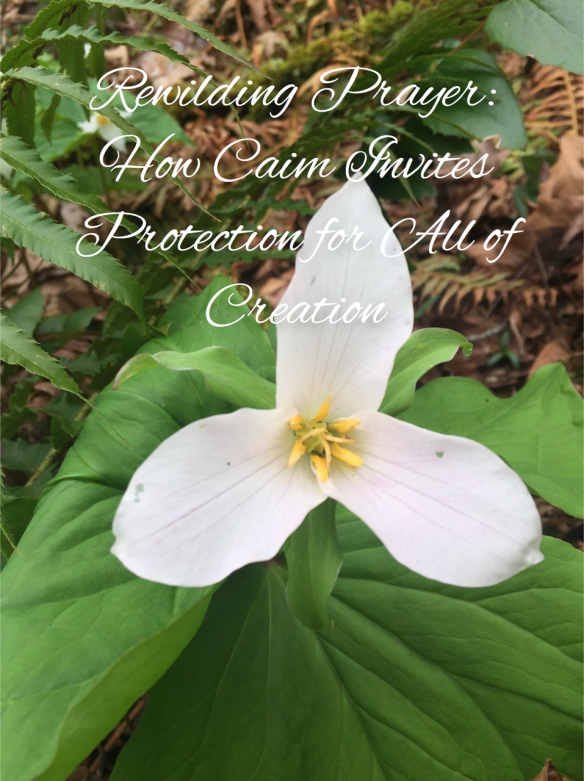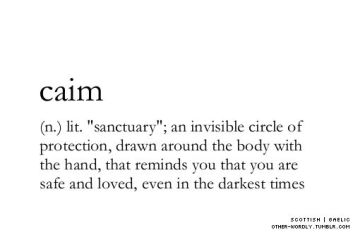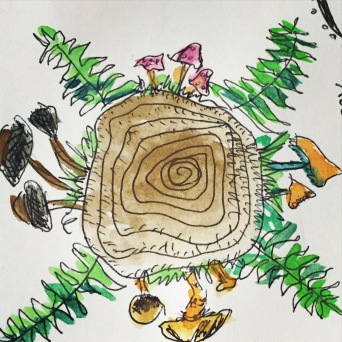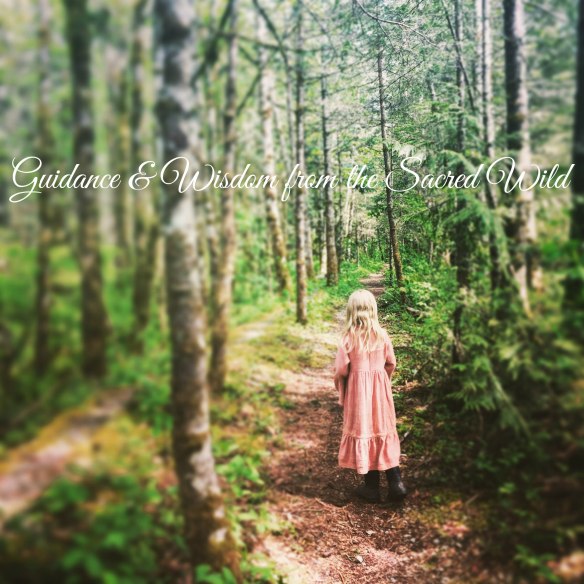
I am thrilled to be preparing to deliver a paper at William & Mary College next week at their annual symposia on Pilgrimage Studies. In many aspects, this opportunity feels very much like a pilgrimage journey in and of itself. A couple years ago I received an invitation to submit a proposal for this particular academic gathering, which very much felt like the call, the requisite summons of any meaningful pilgrimage. However, life circumstances prevented the manifestation of that opportunity until now. And so I have the opportunity to seek the wisdom gained these past couple years as I have journeyed through the descent, the time of darkness and disintegration that occurs when a journey is truly leaving its indelible mark on you, and prepare for my arrival.
In this setting my claim will be my belief that the act of pilgrimage is a practice of profound place-making. Using Uri Shulevitz’s children’s book, The Treasure as my primary text, I argue that pilgrimage doesn’t set our longing heart in the direction of far-off sacred spaces to find resurrection within a celestial kingdom; rather, it roots us even deeper into our homescapes as the return requires creating meaningful places for the community to connect. While the journey is indeed important to return to a posture of collective provision within one’s community, it is critical to note that that within this story (and very much like in our own lives), the protagonist Isaac could not have even made the journey without a deep knowledge of, and connection to, his place. Because he knows where he is, he is able to get to where he needs to go, and ultimately, to return.
We too must know our local landscapes well enough so that when it is time fulfill the call of a dream, we know how to navigate the land and engage with strangers in such a way as to not get lost. Engaging in regular practices of listening in place, where you unplug from your device and hear (really hear), and see (really see) the people and places that surround you and create the fabric of your home-land provides the most elemental conditions for co-creating places that provide for deep and meaningful community connection. For these are the very places and people who will receive the boon of your journey, the great gift that is given in exchange for the courage to respond to the call. Your community will receive the gift of your permanence.
If you do not have this book in your library, I encourage you to get yourself a copy. It is simple, delightful, and profound. And I hope your own copy of The Treasure, along with the following abstract for my paper, will inspire how your journeys will ultimately root you deeper into your neighborhoods.
——————————
The Treasure: How Pilgrimage Cultivates a Connection to Place through Permanence
While the practice of pilgrimage is undergoing a resurgence, church authorities haven’t always been enthusiastic. Critics, like Jerome, thought it ludicrous that prayers offered in one place could be more effective than prayers offered elsewhere: “Nothing is lacking to your faith though you have not seen Jerusalem.” However, what if in the very leaving of our houses to engage the Divine, we actually return back to it not only more connected to our Sacred Source, but also more invested in our place on this planet through a commitment to faithful permanence?
Uri Shulevitz’s Caldecott Honor awarded book, The Treasure (1978) provides the archetypal stages of pilgrimage in a condensed child-friendly, but enormously profound, way. However, what makes this story unique, and its great gift to us as readers and practicers of pilgrimage, is the invitation to see that the true treasure for which we are seeking on pilgrimage is always back at home, in both a literal and metaphorical sense. Isaac, Shulevitz’s primary character discovers that the treasure about which he has dreamt, and for which he has searched, resides in the essence of his home: underneath his hearth-place. This finding compels him to invest further in his community through sharing his treasure with others near and far.
By looking at the ancient practice of pilgrimage through the lens of The Treasure, we can gain new insight on how this practice actually encourages one to become more rooted and connected to personal home-scapes: the neighborhood, local communities, and regional ecosystems. Patterns of narcissistic consumption of places and relationships have resulted in transitory lifestyles. Impermanence—a result of the provisional value of things accorded by the evanescence of social media—is valued over the tenacity required to remain. Isaac embodies the sort of rootedness, which is an outcome of the journey, that can effectively transform an ambiguous and meaningless space into one of deep meaning and wisdom.
The difference between a space and a place is the difference between a house and a home. Isaac leaves his house seeking; he returns to find his treasure has always been there and testifies to that wisdom by building a place of public worship; a place of deep and significant meaning that invites others in his community to be welcomed, to return, and to tell others about the wisdom encountered there. This is a true place, a home created and maintained by the initial dream to journey away-from.
In Isaac’s initial poverty, one can find themes of how impoverished the Western world is in our normative independence and isolation. Soul-less technology, especially screens and social media, further this distance from ourselves and one another. Through the journeying out to the places that call to us from our deepest dreams and psyches, connection with others is found. This connection and sharing of dreams is what can spur the return back to whence we came, rediscover meaning, and re-engage in practices that powerfully connect people to one another and their place.





